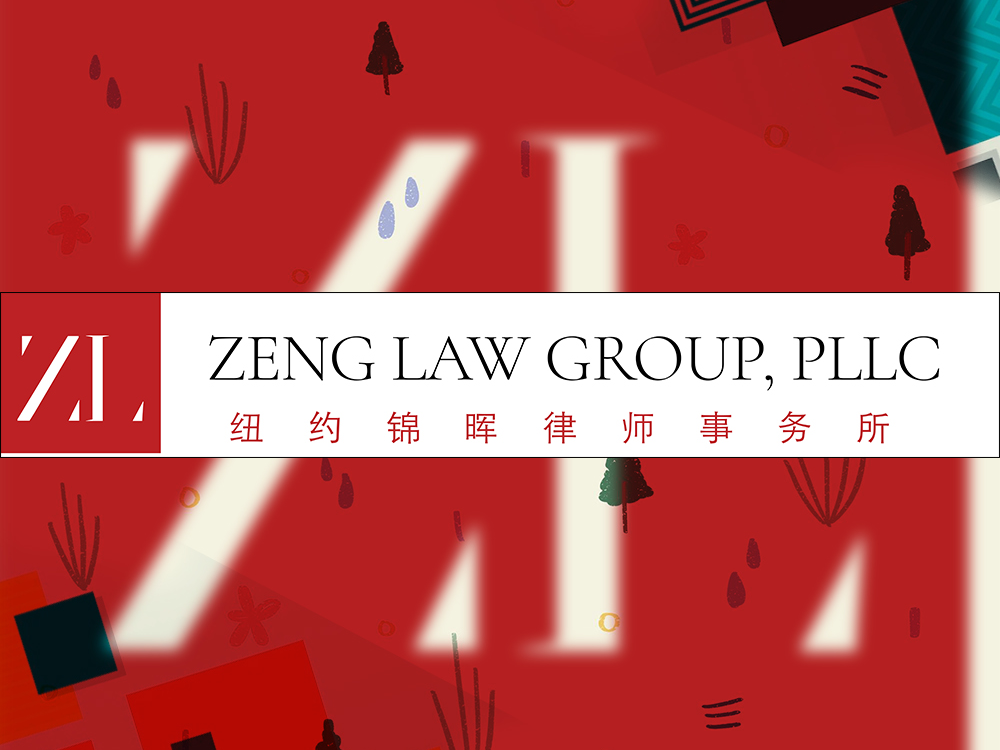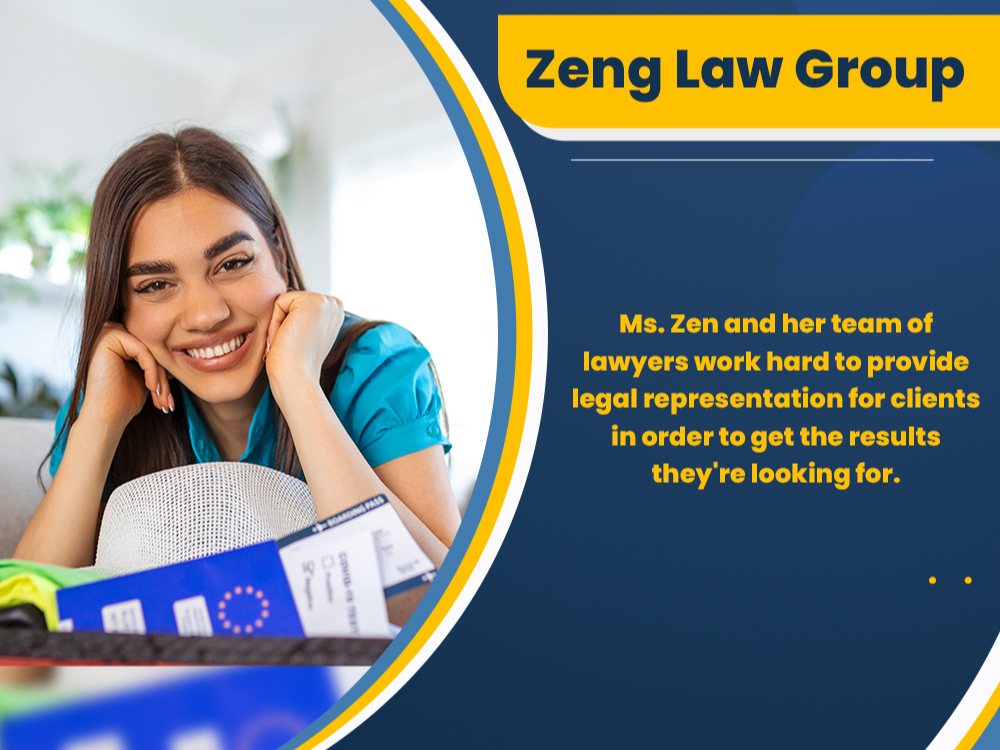Expanding Global Business: L-1 Intra-company Transfers

Zeng Law Group mentioned that in today's interconnected world, multinational companies often face the challenge of transferring key employees across different countries. To enable this global mobility, the United States offers the L-1 Intra-company Transfer visa, which allows eligible employees to be temporarily relocated to their U.S. offices. This article delves into the complexities of the L-1 visa, including the application process, benefits, challenges, and the differences between its two types: L-1A and L-1B visas. Additionally, we will share tips for a successful L-1 visa application and real-life success stories.
The L-1 visa program facilitates the transfer of executives, managers, and specialized knowledge employees from foreign offices to the United States. As a non-immigrant visa, it provides temporary stay for the duration of the assignment.
Eligibility for the L-1 visa requires the employee to have worked for the foreign branch of the company for at least one continuous year within the past three years.
There are two primary types of L-1 visas: L-1A for executives and managers, and L-1B for employees with specialized knowledge.
The L-1 visa application demands extensive documentation to prove the employee's eligibility, the relationship between the foreign and U.S. offices, and the role of the employee in the company.
The L-1 visa program brings various advantages for both companies and employees. It allows companies to transfer key personnel to their U.S. branch, ensuring smoother operations, knowledge transfer, and enhanced collaboration. For employees, an L-1 visa offers the opportunity to work in the United States, gain exposure to new markets, and advance their careers within the company. Importantly, L-1 visa holders can pursue permanent residency (Green Card) without jeopardizing their visa status.
However, the L-1 visa also comes with its share of challenges and limitations. It has a limited initial duration, and extensions are subject to specific rules and limitations. Companies with frequent L-1 transfers can use the Blanket L petition to streamline the process. Employers must meet certain obligations, including paying a reasonable wage and ensuring the employee's continuous employment.
Understanding the differences between the L-1A and L-1B visas is crucial for selecting the appropriate visa category.
The L-1 visa application involves several steps, including filing the petition with the U.S. Citizenship and Immigration Services (USCIS). Applicants should be aware of the processing times and required fees when planning their transfer. Strong documentation is essential to demonstrate the employee's eligibility and qualifications for the L-1 visa. A clear corporate structure and relationship between the U.S. and foreign offices strengthen the visa application. Seeking guidance from immigration attorneys or experts can prove beneficial for both companies and employees to navigate the complex process.
Applicants should understand the potential reasons for visa denial to address any weaknesses in their application. In case of a visa denial, there is an appeals process available for reconsideration.
Sharing real-life success stories of L-1 visa recipients can inspire and offer insights into the application process.
The L-1 Intra-company Transfer visa serves as a valuable tool for multinational companies aiming to expand their global reach and for employees seeking new opportunities in the United States. While the process may present challenges, thorough preparation and professional guidance can lead to successful outcomes.








